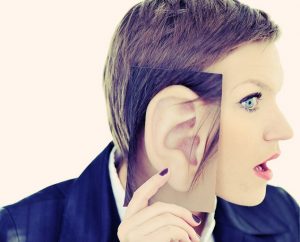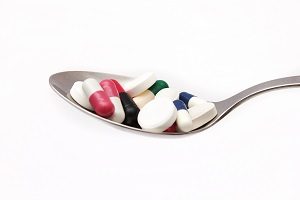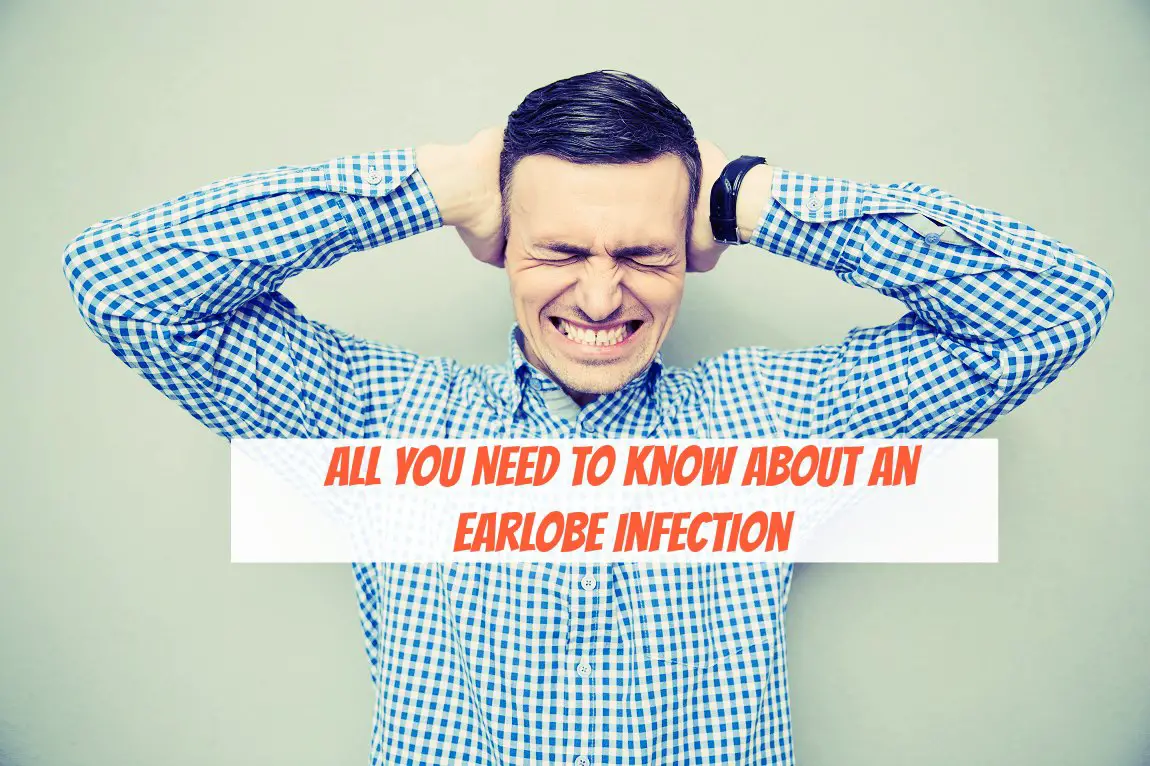The ear has three separate parts: the inner part, the middle part, and the outer part.
The inner ear consists of the nerves that facilitate hearing and balance. The middle ear consists of the bones that connect the eardrum and inner ear.
The outer ear is the earlobe and a tube that connects to the eardrum. An infection of your inner ear is known as labyrinthitis.
An infection of your middle ear is known as otitis media. Such an infection can lead to hearing loss and affect the inner ear. An infection of your outer ear is known as swimmer’s ear or otitis externa.
Infections of the outer ear can either be short term or chronic. There are common among children aged between 7 and 12 years.
They also affect people living in humid and warm climates, swimmers, and people who wear devices to facilitate their hearing.
Read on for information regarding scientific studies on, symptoms, causes, diagnosis, and treatment of earlobe infections.
Scientific Studies on Earlobe Infections
According to a 2004 report by the World Health Organization (WHO), approximately 1% of children get infected with chronic earlobe infections in developed countries like Finland, U.S.A., UK, and Denmark.(1)
The rate of ear infections in less developed countries is higher and stands at 45% according to WHO’s report. This infection mostly affects children who are between the ages of 2 and 6 years. If left untreated, the condition persists into adulthood.
What Are The Symptoms of Earlobe Infection?
 Some of the symptoms of earlobe infections include:(2,3)
Some of the symptoms of earlobe infections include:(2,3)
- High fever
- Swollen throat
- A severe headache and pain
- Redness of the ear
- Tenderness behind the ear
- Swelling of the skin surrounding your ear
- Difficulty breathing
In severe bacterial infections, yellowish pus may drain out of the ear. Fungal infections result in whitish-greyish pus.
Pus and skin debris can prevent sound waves from reaching your ear drum resulting in a temporary hearing loss. This is no cause for alarm. According to MedBroadcast, complications of earlobe infections are rare except for people suffering from diabetes or a weak immune system.(4)
The ear’s main way of defending itself against bacteria is through the acidity levels of the earwax.
People suffering from diabetes or auto immune disorders have low levels of acid in their earwax and this encourages infections to spread to the surrounding bone. This is known as malignant otitis externa.
What Causes Earlobe Infection?
Swimming is not the only cause of infected earlobe. One can also get an infection through liquid or hairspray that gets into their ear canal.
Bacteria and fungi that result in outer ear infections do not live in water. A majority of them are present in the ear canal. However, water and other liquids present a perfect breeding place for these parasites.
The other way bacterial ear infections occur in your ear is through the use of cotton ear swabs. The skin of your ear canal moves outward carrying fragments of skin from your ear drum.
When you push a cotton swab in the ear, it keeps these skin fragments inside and causes them to build up. An ear canal infection can also be prompted by scratching the ear. This action traps moisture inside your ear creating an ideal environment for bacteria that cause infection.
Other causes of outer ear infections include:
Earlobe piercing: One of the common reasons for swollen earlobes is a piercing. After getting an ear piercing, you may experience swelling and some pain. This may last for a few days if you treat the piercing properly.
Insect bites or Bedbugs: These can result in swollen ear lobes. While this swelling can be relieved by using OTC antihistamines or hydrocortisone cream, if swelling extends beyond the earlobe towards the throat and face regions, Medhealthydaily suggests that this is a sign of a serious allergic reaction and needs immediate medical attention.(5)
Cauliflower ear: WebMD defines this as a deformity of the ear arising from blunt trauma, or some minor injury during a wrestling or boxing match.(6) If left untreated, cauliflower ear can hinder normal circulation of blood and cause permanent deformity to the earlobes and ear cartilage. Early treatment is recommended to prevent blood clots that inhibit blood circulation.
Abscess earlobe: According to NHS, an abscess is an accumulation of pus caused by bacterial infections.(7) These infections develop when the white blood cells fight bacteria as it tries to enter the body. While an abscess will normally dry away with time, you might require draining and antibiotics to get rid of the infection.
Allergic Reaction: You could experience swollen earlobes because of an allergic reaction to face and hair products as well as earlobe jewelry. Some earrings contain nickel which may cause a reaction that leads to itchy and swollen ear lobes. You can avoid allergic reactions by using gold, silver, or stainless steel jewelry that does not contain nickel.
Earlobe Cysts: Cysts are sac-like or closed capsule structures filled with gaseous, semi-solid, or liquid material. Cysts are like blisters and can be caused by various factors including tumors, cell defects, genetic conditions, parasites, and trauma that causes blocked ducts, blood vessels, and chronic inflammatory problems.
How Are Earlobe Infections Diagnosed?
 When checking for an earlobe infection, your doctor will pull the earlobe gently or push the tragus to see whether you feel any pain. If you feel pain in this area, you are definitely suffering from an ear infection.
When checking for an earlobe infection, your doctor will pull the earlobe gently or push the tragus to see whether you feel any pain. If you feel pain in this area, you are definitely suffering from an ear infection.
The doctor can also make a diagnosis by examining your ear using an otoscope. The otoscope is used to check for filling or blockage in the middle ear by blowing air into the eardrum.
This air should cause the eardrum to move a little, if it does not, it is probably filled with fluid. The doctor might also use a tympanometer to determine whether there is fluid in the middle ear. This instrument uses air and sound pressure readings to make a diagnosis.
In serious cases, an audiologist might be summoned to determine whether you are suffering from a hearing loss. There are cases where a detailed lab examination may be required to determine the specific organism causing the infection.
How Is Infected Earlobe Treated?
 For a majority of earlobe infections, your physician might prescribe an ear drop containing a combination of antifungal or antibiotic, a steroid for reducing inflammation and swelling, and an acidic solution for making the ear canal less intolerant to bacteria.
For a majority of earlobe infections, your physician might prescribe an ear drop containing a combination of antifungal or antibiotic, a steroid for reducing inflammation and swelling, and an acidic solution for making the ear canal less intolerant to bacteria.
The main types of ear drops for ear infections are:
- Acidic ear drops for killing bacteria
- Antibiotic ear drops for treating bacterial infections
- Antifungal ear drops for treating fungal infections
- Corticosteroid ear drops to help reduce swelling
Other treatments for ear infections include:
Drainage: According to WebMD, when an infection results in severe complications, fluid may persist in the ear for long, or one might experience recurring ear infections.(8)
At this point, the doctor may perform a procedure known as a myringotomy. During this procedure, a small hole is made in the eardrum of the patient. The hole helps drain out fluids like blood, water, and pus. In many instances, your doctor will insert a tube through the eardrum.
The tube allows air to flow through and ensures the middle ear is dry. Tubes are also necessary for reducing pain, improving the patient’s’ hearing, and reducing infections.
Antibiotics: For severe infections, your doctor may prescribe antibiotics. For malignant earlobe infections, you may be required to take antibiotics for a few weeks.
Pain Relief: For relieving pain your doctor may prescribe ibuprofen, acetaminophen, and naproxen.
Prevention
One way to prevent earlobe infections is to dry your ears thoroughly after swimming or showering. Experts advise against directing a shower jet into your ear canal. Also, desist from using cotton swabs for drying or cleaning the ear canal.
For additional protection, use a swimming cap when swimming, use ear drops with alcohol or acetic acid after swimming, and avoid ear plugs.
What To Do?
If you are suffering from mild earlobe infection, NHS suggests the following measures to help you relieve the pain and swelling:(9)
- Ensure that the affected ear does not get wet until the condition has cleared
- Remove any debris or discharge by gentle wiping your earlobe with cotton wool- make sure you do not stick cotton buds or wool in your ear
- Remove any device from your ear that could cause an infection or reaction. This includes ear plugs, earrings, and hearing aids
- If your infection is caused by a boil, place a warm cloth on the affected ear for faster healing
When to Consult A Doctor
If your ear lobes have been swollen for a couple of days, have a severe allergic reaction, or have a greenish or yellowish discharge after an ear piercing, it is recommended that you consult a doctor to avoid future complications.
Earlobe infections are common among children but they also occur in adults.
These infections mostly develop when swimming, due to ear piercings, unhealthy practices like picking the ears with cotton wool or other objects, and because of bacteria or fungus. If you are suffering from an earlobe infection, it is probably a minor condition that will go away with time.
You only need to keep your ears dry, avoid irritants, and wash the affected area with cotton wool.
However, if your infection spreads to your neck or throat regions, or characterizes an outpour of pus, you should consult a doctor for a checkup.
The main treatment methods may include an ear drop prescription, a drainage surgery, or antibiotic or antifungal drugs.
References
(1)”who.int/neglected_diseases/diseases/otitis/en/
(2)”webmd.com/cold-and-flu/ear-infection/tc/symptoms-of-ear-infection-topic-overview
(3)”ncbi.nlm.nih.gov/pmc/articles/PMC1781501/
(4)”medbroadcast.com/condition/getcondition/outer-ear-infection
(5)”medhealthdaily.com/swollen-ear-lobe/
(6)”webmd.com/cauliflower-ear-symptoms-causes-treatments
(7)”nhs.uk/conditions/abscess/Pages/Introduction.aspx
(8)”webmd.com/cold-and-flu/ear-infection/understanding-otitis-media-treatment#1
(9)”nhs.uk/Conditions/Otitis-externa/Pages/Treatment.aspx
Leave Feedback: Was this article helpful?

